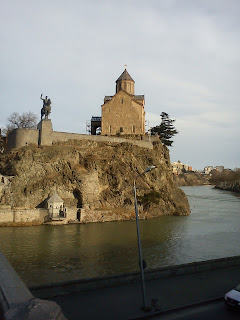Planning a successful sports tourism offer, the ABC

Planning a sports tourism destination requires a clear vision and a very pragmatic approach. The risk it to opt for an offer which could be promising, but which is too uprooted, detached from the location socio-environmental features to be sustainable.
The key point is to avoid of burning a possible emerging market with a couple of seasons in which the management of contingencies transmits a perception of carelessness and lack of professionalism. The basic rule is always that the tourist pays, and that the services must therefore at least be commensurate with the expense, even if one is crossing the pioneer land of a newborn offer.
Therefore, it will be easier to activate or enhance an offer where there are specific prerequisites to become a promising tourist product.
The selection process among different potential offers may lead to prefer an offer over another, or a multi-target cluster of offers, if the destination presents this option.
Many requirements need to be scrutinized. Not all of them have the same weight, and each sports tourism destination has its own history and dynamics.
However, here’s the ABC:
First of all, take into consideration if there are practitioners of a particular sport in the area. That is, if there are teams, professional or amateur groups, in short, people who know the sport and who can be involved. Those who know and practice a particular sport know the equipment needs, the potential of the territory, have perhaps participated in events and competitions. The involvement in the planning of those who have this wealth of information is very important. They are stakeholders, they are an asset, and they can play a role in the planning process.
Second: a good promotion of a new destination is through an event, a competition. For a competition to be successful, not only the sport aspects must be duly considered, planned, organized, but also the show.
This is the third clue: It is necessary to be able to rely on a critical mass of spectators. The presence of spectators is essential for an event. They have a strong motivating role for those who participate, who will therefore not develop the unpleasant feeling of being in a cathedral in the desert, but to be in the hotspot, in a place where their performance can be understood and appreciated, where the sport they love is popular and respected. In addition, the spectators represent a source of income for those who will be the commercial corollary of the event, from catering and drinks to exhibition areas.
(My pic.: slacklining in a Medioeval borough of Finalborgo, during the Climbing Event Finale for Nepal, 2015)

Commenti
Posta un commento